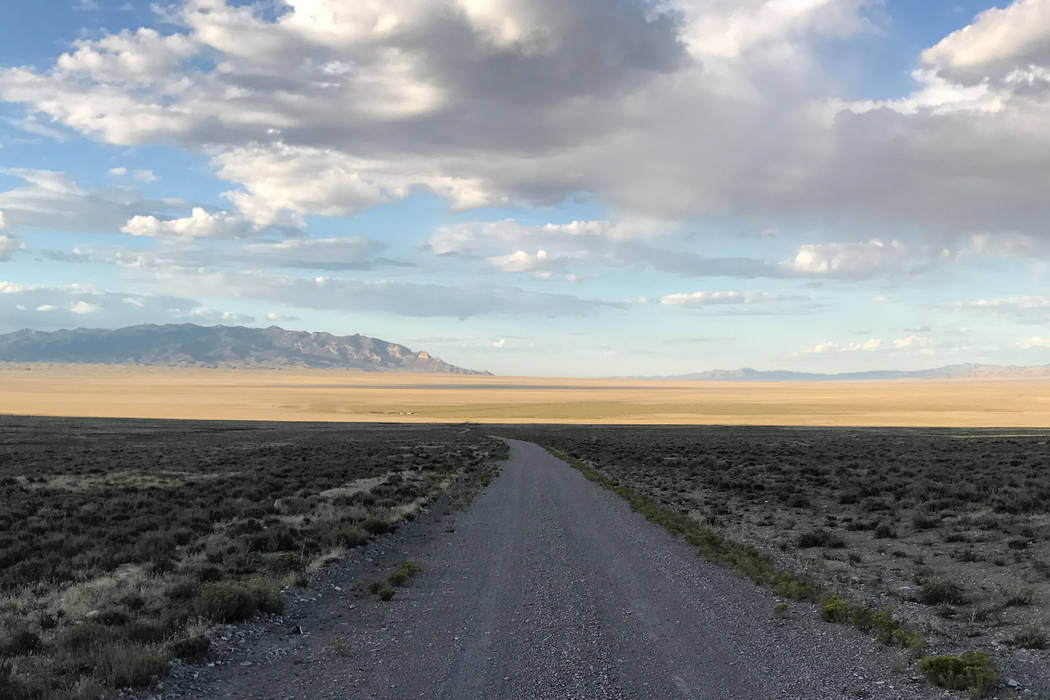There’s more to applying for big-game tags than digital entries
People generally equate big game hunts with late summer and fall, but here in the west hunting season actually begins shortly after the holiday season in some states. In others, it begins about the time winter fades and the newness of spring emerges.
Unlike whitetail states where deer populations are so numerous that hunters can legally harvest multiple deer each year, western states have more limited big game resources. And the conservation ethic requires that available hunt opportunity be distributed among big game hunters as equitably as possible.
This is accomplished with some form of tag draw. Though similar, each state has its own process.
Essentially, hunters today put their names in a digital hat. Then, using some complex mathematical formula, a computer seeks to match hunters’ names with available tags where possible. When that match happens, the hunter is said to have “drawn” a tag.
Where requests and available tags can’t be matched, the hunter is unsuccessful and must look for other options. Sometimes those options are available in subsequent draws for leftover tags or over-the-counter tag sales where available, or the hunter may need to look at other states.
There is more to applying for tags, however, than simply putting one’s name randomly in the digital hat. Oh, that can be done, and it may work for some, but those hunters with some experience tend to put some serious thought and planning into the process. That’s where the hunt begins.
Some hunters hire companies whose business it is to do the research and submit tag applications on behalf of their clients, but most of us still do it the old-fashioned way. We start by talking with people who have been around and know the country. Then we might take a drive and see what the terrain looks like in some of the places our friends have mentioned.
Don’t hesitate to talk to the person behind the counter at a local store or burger shop. You may be surprised how much they are willing to share if they know you are willing to do the work.
Another place to look for information is the harvest data captured by state wildlife departments or call and talk with the wildlife experts with responsibility for the interested areas. Keep in mind that biologist types are in the field most of the time, so you’ll need to exercise some patience. You won’t be the only one calling.
Before submitting your application, consider your answers to the following questions. What type of hunt are you looking for? Do you prefer an area with vehicle access or are you looking for more of a walk-in wilderness experience? What type of terrain are you willing to tackle? And do you just want a tag and the opportunity to hunt, or are you looking for specific qualities in the game you hope to pursue?
The answers to those questions should play a significant role in the choices you make during the application process.
If you are one of the many who have been waiting on results of Arizona’s draw for elk and pronghorn tags, you can stop waiting and start looking. Results of the draw can be obtained online if you have one of the Arizona Game Fish Department’s free portal accounts or you can call the department.
That number is (602) 942-3000. Once the system answers press the number “2” and follow the prompts.
The draw for Arizona’s deer, fall turkey, fall javelina, bighorn sheep, fall bison and sandhill crane hunting seasons will take place later this spring. As a rule, the application deadline is the second Tuesday in June, but all such deadlines require approval of the Arizona Game Fish Commission.
Utah’s application deadline was March 5. Results of the drawing will be available by May 29.
If you are one of the many who have been waiting to submit your application for one of Nevada’s coveted big game tags your wait is nearly over. The draw is scheduled for March 16, but old-timers will notice that the application period has been extended significantly. The application deadline is May 4. Draw results will be available by May 22.
Freelance writer Doug Nielsen is a conservation educator for the Nevada Department of Wildlife. His “In the Outdoors” column, published Thursday, is not affiliated with or endorsed by the NDOW. Any opinions he states in his column are his own. Find him on Facebook at @dougwritesoutdoors. He can be reached at intheoutdoorslv@gmail.com




























